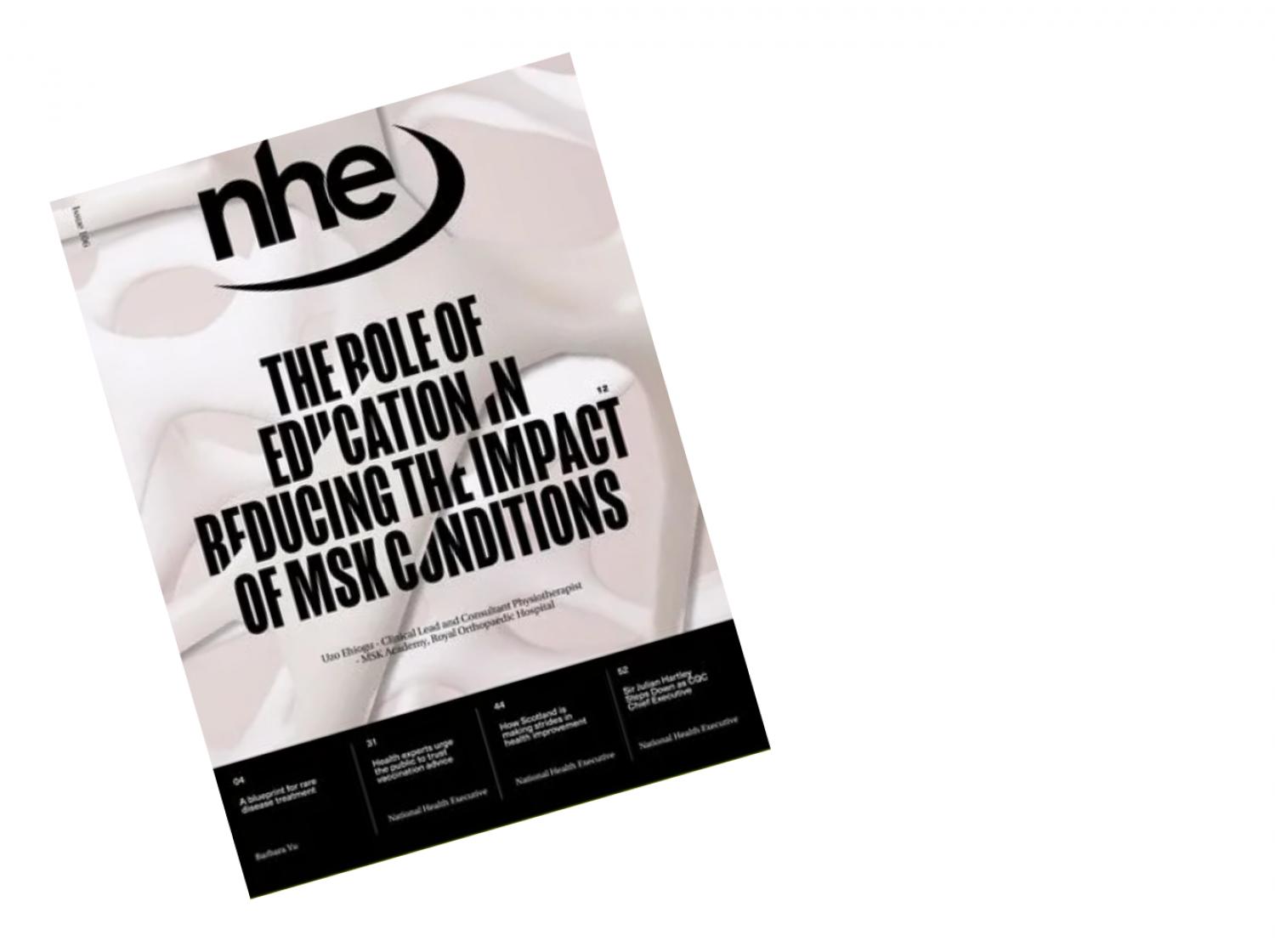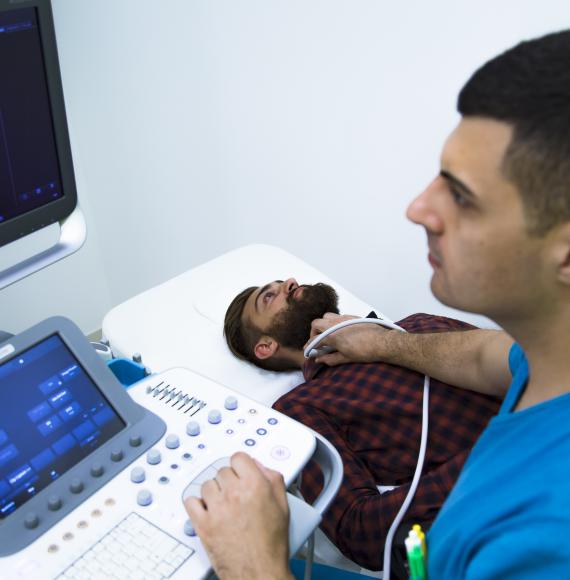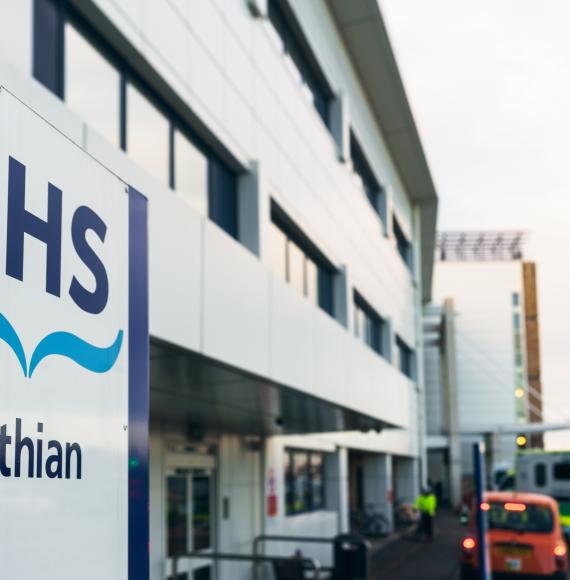Patients with light-chain cardiac amyloidosis (stiff heart syndrome) are set to benefit from better treatment after doctors from the Royal Free Hospital developed a breakthrough in cardiac magnetic resonance imaging (MRI).
The breakthrough means that, for the first time, clinicians will have the ability to measure the effectiveness of chemotherapy in patients with stiff heart syndrome and will now be able to better devise treatment strategies, subsequently improving patient prognoses.
Stiff heart syndrome occurs when plagues of protein, called amyloid, build up in the heart muscle, ultimately affecting its ability to plump blood around the body, and without treatment can quickly lead to heart failure and death.
The problem is that, whilst clinicians can detect the presence of amyloid in the heart, there is no safe or viable test to measure the amount, meaning assessing the condition and effectiveness of chemotherapy has proven difficult.
A patient’s response is currently evaluated with indirect biological markers, but these markers don’t measure the amount, or the reduction, of cardiac amyloid.
In view of overcoming this problem, researchers at the National Amyloidosis Centre have spent the last 10 years developing and refining Cardiovascular Magnetic Resonance (CMR) Extracellular Volume Mapping (ECV) for amyloid.
This new non-invasive method allows clinicians to not only detect the presence of amyloid protein, but the amount of it as well. And now, for the very first time, the researchers have been able to determine to effectiveness of chemotherapy treatment, by assessing cardiac amyloid progression or regression.
As part of the study, 176 patients with stiff heart syndrome had CMR scans with ECV mapping at diagnosis, and then, after six, 12 and 24 months, started chemotherapy.
By further combining the results of the study with blood tests for the disease, it was discovered that nearly 40% of the patients showed a substantial improvement in amyloid deposition – something that was not thought to be possible.
Dr Ana Martinez-Naharro, first author on the study, said: “In this study we were assessing the ability and value of CMR to carry out ECV mapping to measure directly the changes in amyloid proteins in the heart in response to chemotherapy and how they correlate with the indirect markers that current exist.
“The scans and data made available using this technique, gave us the information to both see the amount of amyloid protein and also the regression in amyloid during the course of chemotherapy treatment.
“This is incredibly valuable for clinicians; knowing the amount, rather than just the presence of amyloid, means they can better guide treatment option, by more accurately deciding timing and protocol of second line chemotherapy treatments.”
Senior author, Professor Marianna Fontana, said this MRI technique should now be used immediately to diagnose and assess all cases of stiff heart syndrome.
She said: “Since MRI scans are widely available, by developing the use of ECV mapping in a machine that already is used for these patients, we hope that its use can be made available to more patients to help improve their care.
“The aim would be to use these scans routinely for all patients with the disease to help doctors monitor the response to chemotherapy to help improve patient survival, which is very poor in patients who do not respond to treatment.
“Twenty years ago, another MRI technique called T2, was proven to be able to do the same thing for measuring the amount of iron in the heart in a condition called thalassemia.
“For the last two decades, it has been used to help monitor patients’ response to treatment and allow doctors to make changes along the way. As a result, survival has improved for thalassemia.
“As T2 has changed the landscape for this condition, tracking changes using ECV mapping of the heart may completely change the landscape for patients with amyloidosis, with the potential of guide treatment and, in the process, lead to improvements in patient outcomes.”
There are around 4,000 to 6,000 people with amyloidosis in the UK, although there is thought to be many more undiagnosed cases. The condition is more prevalent in men that women.
More information about the research is available here.



















